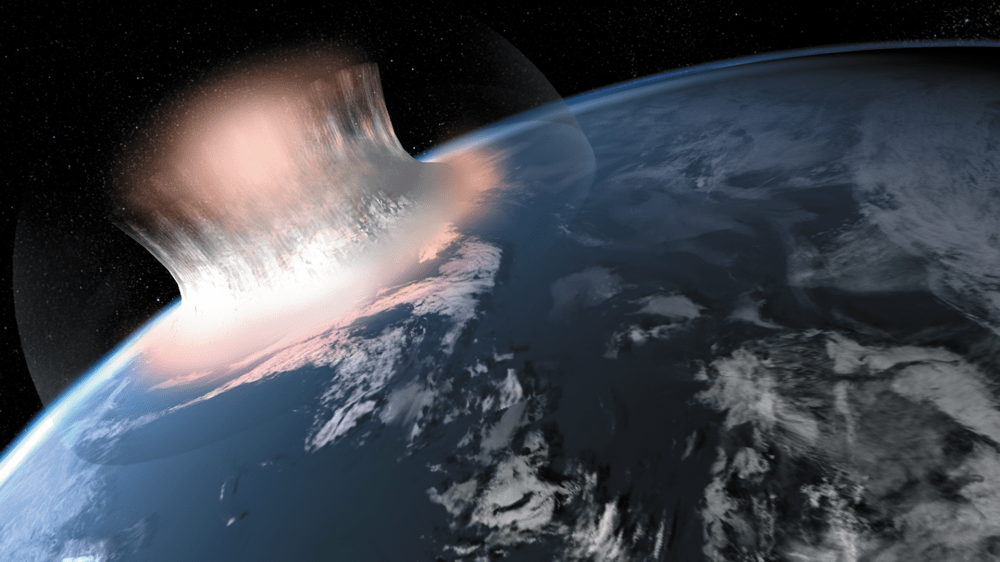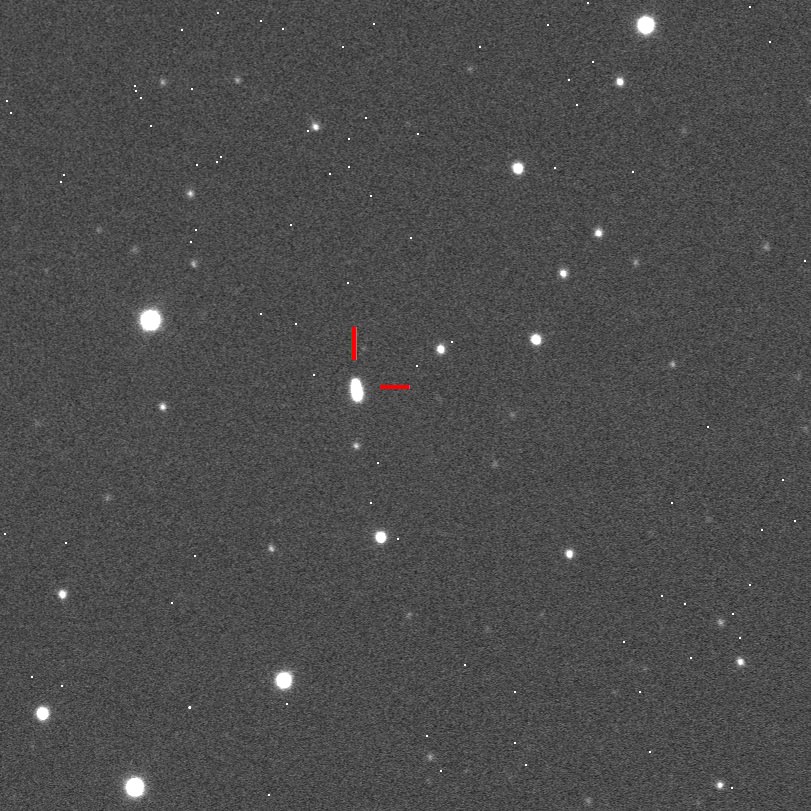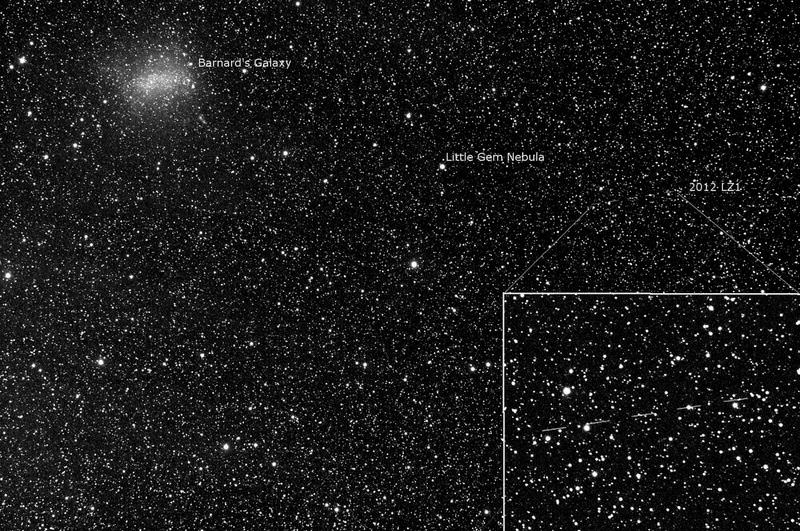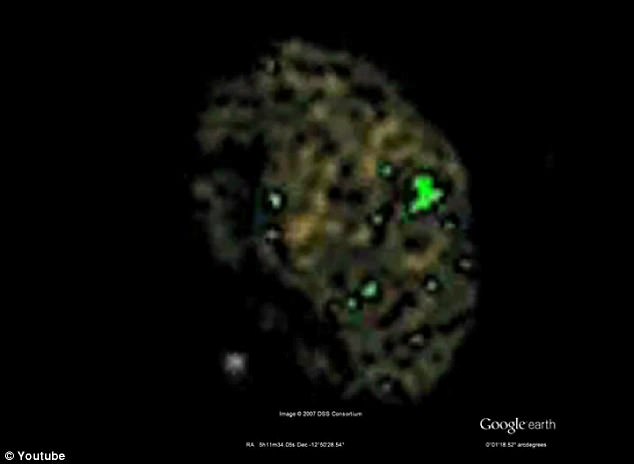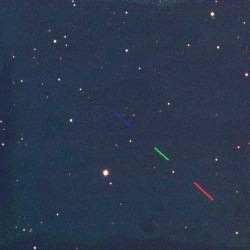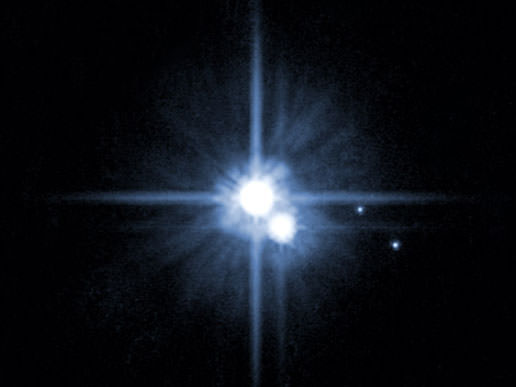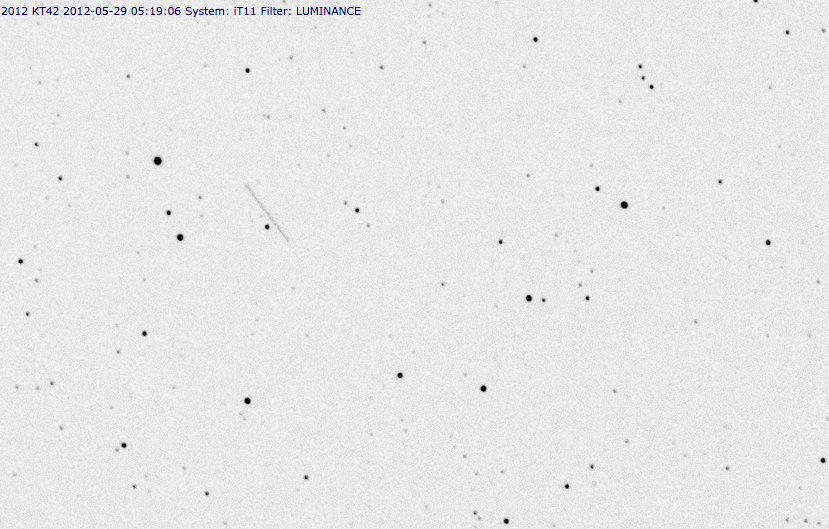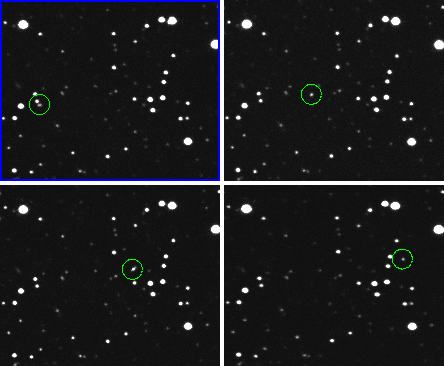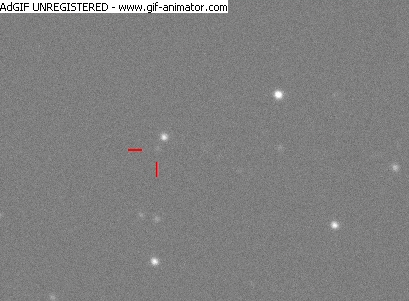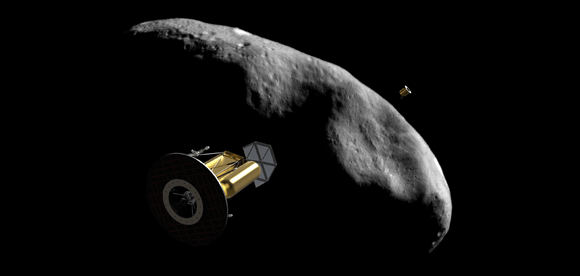With shifting continents, rain, and wind, finding traces of ancient impact craters on Earth has been, literally, astronomically low. Now, an international team of scientists say they have found a massive impact crater in Greenland a billion years older than other known asteroid impact on Earth.
Scientists found the remains of the giant 100-kilometer (62 mile) wide crater near the Maniitsoq region of West Greenland and they believe it’s three billion years old. The largest and previously oldest known crater is the 300 kilometer-wide Vredefort crater in South Africa. Tipped on its side, the edges of the Maniitsoq crater would extend from the surface of the Earth to the edge of space.
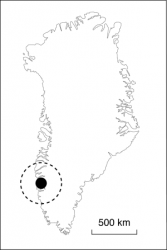 “This single discovery means that we can study the effects of cratering on the Earth nearly a billion years further back in time than was possible before,” according to Dr. Iain McDonald of the School of Earth and Ocean Sciences at Cardiff University, who was part of the team.
“This single discovery means that we can study the effects of cratering on the Earth nearly a billion years further back in time than was possible before,” according to Dr. Iain McDonald of the School of Earth and Ocean Sciences at Cardiff University, who was part of the team.
Finding the crater wasn’t an easy task. Today, the Moon still shows marks of the massive bombardment that took place between three and four billion years ago. The early Earth, with its greater gravitational attraction, would have experienced even more collisions. But the land around Maniitsoq has been eroded over the eons to expose crust that originally was 25 kilometers (16 miles) below the surface. Effects of the immense shockwave produced on impact penetrated deep into the crust and remain visible.
Evidence at that depth had never been observed before, says McDonald. “The process was rather like a Sherlock Holmes story,” said McDonald. “We eliminated the impossible in terms of any conventional terrestrial processes, and were left with a giant impact as the only explanation for all of the facts.”
Only about 180 impact craters have been discovered on Earth. Around 30 percent of them contain important natural resources, including nickel, gold, oil and natural gas. It was during an exploration of natural resources that evidence for the crater was discovered. “It has taken us nearly three years to convince our peers in the scientific community,” said McDonald. “But the mining industry was far more receptive. A Canadian exploration company has been using the impact model to explore for deposits of nickel and platinum metals at Maniitsoq since the autumn of 2011.”
The international team, led by Adam Garde, a senior research scientist at the Geological Survey of Denmark and Greenland, or GEUS, contains members from Cardiff, Lund University in Sweden, and the Institute of Planetary Science in Moscow. Their work was recently published in the jounal Earth and Planetary Science Letters.
Image caption: An artistic expression of how a large meteorite impact into the sea might have looked in the first second of the impacting. We do not know if the area that was hit was actually covered by water or if there was just a sea nearby. Source: Carsten Egestal Thuesen, GEUS
Map caption: Black circle on map shows the location of the meteorite impact structure near the town Maniitsoq in Greenland.
Read more about the Maniitsoq structure.

